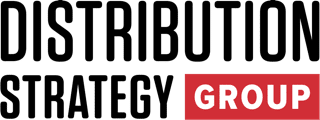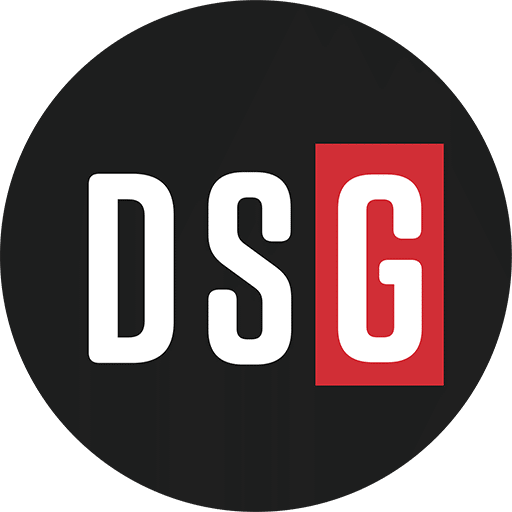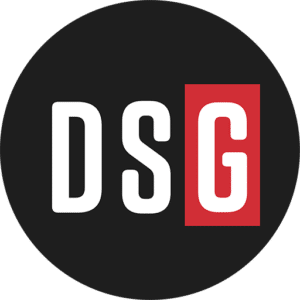Distribution Strategy Group will launch its latest industry conference this fall aimed at one of the toughest challenges facing distributors: how to grow profits without simply raising prices. The Profit and Productivity Summit will run Nov. 10–12, at the Marriott Chicago O’Hare in Rosemont, Illinois, bringing together senior executives, technology leaders and operations experts to examine how artificial intelligence (AI) and automation are reshaping the economics of distribution.
The summit is designed to move the conversation beyond gross margin, the traditional benchmark of profitability in distribution, and give attendees a broader, technology-enabled playbook. Sessions and industry thought leaders as speakers will focus on topics such as capturing missed supplier rebates, freeing up working capital, lowering cost-to-serve, streamlining purchasing and boosting sales productivity by embedding AI into core workflows.
“Distributors are under pressure to grow profits in a market where simply raising prices isn’t sustainable,” said Ian Heller, co-founder and chief strategy officer of Distribution Strategy Group. “This summit is about giving leaders the playbook to do it—by tightening processes, unlocking trapped capital, and using AI and technology to work smarter across the entire business.”
Unlike many industry events, the summit will emphasize AI as a tool already transforming distribution. “Most conferences still talk about AI like it’s on the horizon,” Heller said. “We’ve built this program to show how it’s being used right now—how it’s helping distributors automate quoting, predict demand, clean up supplier data and drive productivity gains measured in millions.”
What Distributor Transformation Looks Like
Several keynote speakers will illustrate how that transformation looks in practice. On Nov. 10 , John Wiborg, founder and CEO of Stellar, will discuss reframing profitability beyond gross margin to tackle labor intensity, inefficiency, and outdated pricing models. He will explore the organizational alignment, culture of continuous learning and willingness to eliminate “work that doesn’t matter” required for lasting improvement.
Wiborg will offer practical guidance on building cost-to-serve models, leveraging AI and automation, strengthening sales efficiency, and negotiating more strategically with suppliers.
Later that afternoon, Stu Tisdale, senior vice president and chief experience officer at ADI, will outline how this distribution company has combined ecommerce, dynamic pricing, loyalty programs, data science, and AI-powered sales tools to cut cost-to-serve and lift margins. Tisdale will detail how ADI is shifting sales reps away from manual quoting and order entry toward higher-value selling, while using voice of the customer data to shape its digital roadmap.
The program continues Nov. 11 with keynote speaker Randy MacLean, president of WayPoint Analytics, who will demonstrate how AI-driven analytics can expose hidden margin drains, flag unprofitable customers, and redirect resources to more profitable segments. The following technology leadership panel will build on that theme, showing how AI is being used to automate request for quotation (RFQ) management and order entry, cleanse and enrich supplier product data, and connect enterprise systems for faster, more accurate execution.
Dwayne Roberts, president of Summit Electric Supply, will present a keynote on how automation and AI are reshaping roles inside distribution companies—and how Summit is reskilling teams, redeploying human talent, and retaining top performers through the transition.
Tim Brooks, president and CEO of Lohmiller & Company Carrier West,will close out the day with a keynote on how his company tripled growth and doubled productivity in just a few years by combining warehouse automation, digital sales channels, and a culture of employee ownership. He will detail how that approach has helped his team reach $1.3 million in revenue per employee—twice the industry average—and significantly higher gross margin per employee.
What The Future Holds
His session will highlight how warehouse automation, digital sales channels and smart process design can slash wasted effort, double productivity, and deliver millions in profitability gains. Brooks will also describe how Lohmiller built a culture where employees think like owners, sharing in profit improvements and driving performance.
On Nov. 12, the final conference keynoter, Alex Chausovsky, director of analytics and consulting at Bundy Group, will analyze the U.S. economy and its implications for distributors. He will note that while the consumer sector finished 2024 on a strong note, the industrial sector faced substantial headwinds as aggressive interest rate policy decisions by the Federal Reserve helped stamp out inflation but raised borrowing costs and stifled capital investment. Now that the rate-cutting cycle has begun, the Fed is trying to balance keeping inflation in check while preventing the economy and job market from weakening.
Chausovsky will outline how leading indicators point to an improving economy but warn that the current administration’s agenda—particularly on tax cuts, immigration, and tariffs—could have a major impact. He will offer practical advice to help business leaders plan for shifting economic conditions and improve their strategic planning initiatives.
“Every session is designed to be practical and actionable,” Heller said. “This isn’t theory. You’ll walk out with strategies, tech tools, and KPIs you can take back to your team on Monday morning to start using to grow profitably.”
Between keynotes and breakout sessions, the agenda will cover how distributors can apply AI and automation to long-standing profit leaks—from reclaiming rebates and tightening purchasing to accelerating cash flow, optimizing pricing, and better leveraging marketing co-op funds.
“Ultimately, we’re going beyond margin,” Heller said. “Attendees will learn how to capture supplier rebates, improve cost-to-serve economics, redeploy their salesforce and align marketing co-op funds—all backed by case studies from leaders who are already doing it.”
The Profit and Productivity Summit is built for executives seeking implement-now solutions, not theoretical discussions, and aims to give distribution leaders a clear blueprint for using AI, automation, and smarter processes to boost profits and streamline operations.



